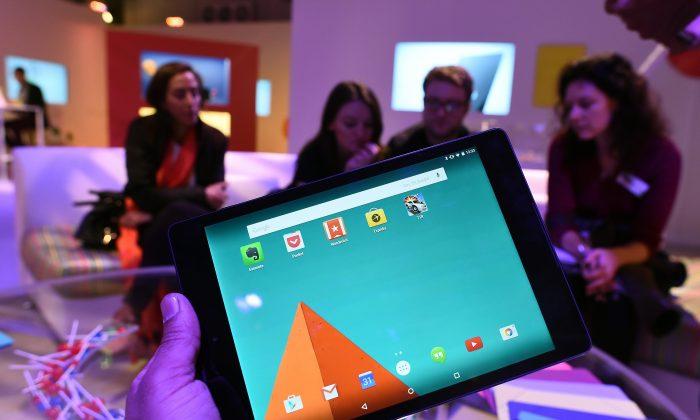Do you want your Android phone to project your location out to the world? If your answer isn’t yes, then you need to be careful to avoid clicking “OK” to all of the default settings.
Out of the box, your phone will regularly check for, store, or announce your location unless you tell it otherwise. Here’s what you need to know to take control over when and how your phone checks for your location – and what it does with it afterwards.
Android’s Three Location Modes
When you hit up Android’s settings menu, there are three modes available under Location: “High accuracy,” “Battery saving,” and “Device only.”

The names sound intuitive, but here are the specifics. “High accuracy” uses your device’s built-in GPS receiver to determine your location, and it supplements this by using your Wi-Fi network and cellular connections to figure out where you are. While this sounds intensive, your battery should be fine most of the time. If you’re using navigation, your juice is going to drain fairly quickly, but otherwise you’re okay unless you install a poorly-optimized app that constantly checks for your location in the background.
“Battery saving” uses just your Wi-Fi and cellular networks to determine your location, which doesn’t put as much of a strain on your device as relying on GPS. But selecting this option does come with sacrifices. You can’t use turn-by-turn navigation without GPS enabled, for example.
“Device only” utilizes just your GPS. This way you can still use apps such as Google Maps that rely on having your precise location without having to give up as much information. Just know that your connection may not be as reliable since you don’t have a fallback in place whenever your GPS signal is lost.
Recent Location Requests
To find out which apps are searching for your whereabouts, look in the Location menu underneath your selected mode. They’re listed under “Recent location requests.”

Some apps zap more of your battery than others. This page lets you know which software is doing what so you can respond accordingly. Do you really need all of the features that Google offers? In the case of a third-party app, is it something you must have installed?
Location Reporting

To get the most out of Google Now or Maps, you will need to have Location Reporting enabled. Doing so will allow any Google app or service to use your most recently stored location. If Google having access to this information makes you comfortable, this is the option you need to disable.

Unfortunately, cutting out Google comes with more than a few uncomfortable sacrifices. People who own an Android Wear device like a Moto 360 or Asus Zenwatch will have to give up some of the functionality they purchased the smartwatch to have. You won’t be able to fully utilize some Google apps as well.
Location History
By default, Google doesn’t just store your recent location, it stores all of them. You can sign into your Google Account from a web browser and see a record of everywhere you’ve been since getting an Android device. Many folks understandably find this creepy, so be sure to untoggle the feature if you would prefer for Google not to store this information. And before you back out, be sure to hit the DELETE LOCATION HISTORY button at the bottom of the screen.

Final Thoughts
These are the settings that Google has integrated with the core Android operating system, and you will find them on most devices (though the wording may change depending on which handset you own and which version you’re running). If you keep a check on this area, you should able to keep most apps under control, whether they come pre-installed or not.
How do you feel about your phone, tablet, or smartwatch tracking your location, and what have you done to keep things in check?
Republished with permission from MakeTechEasier. Read the original.




